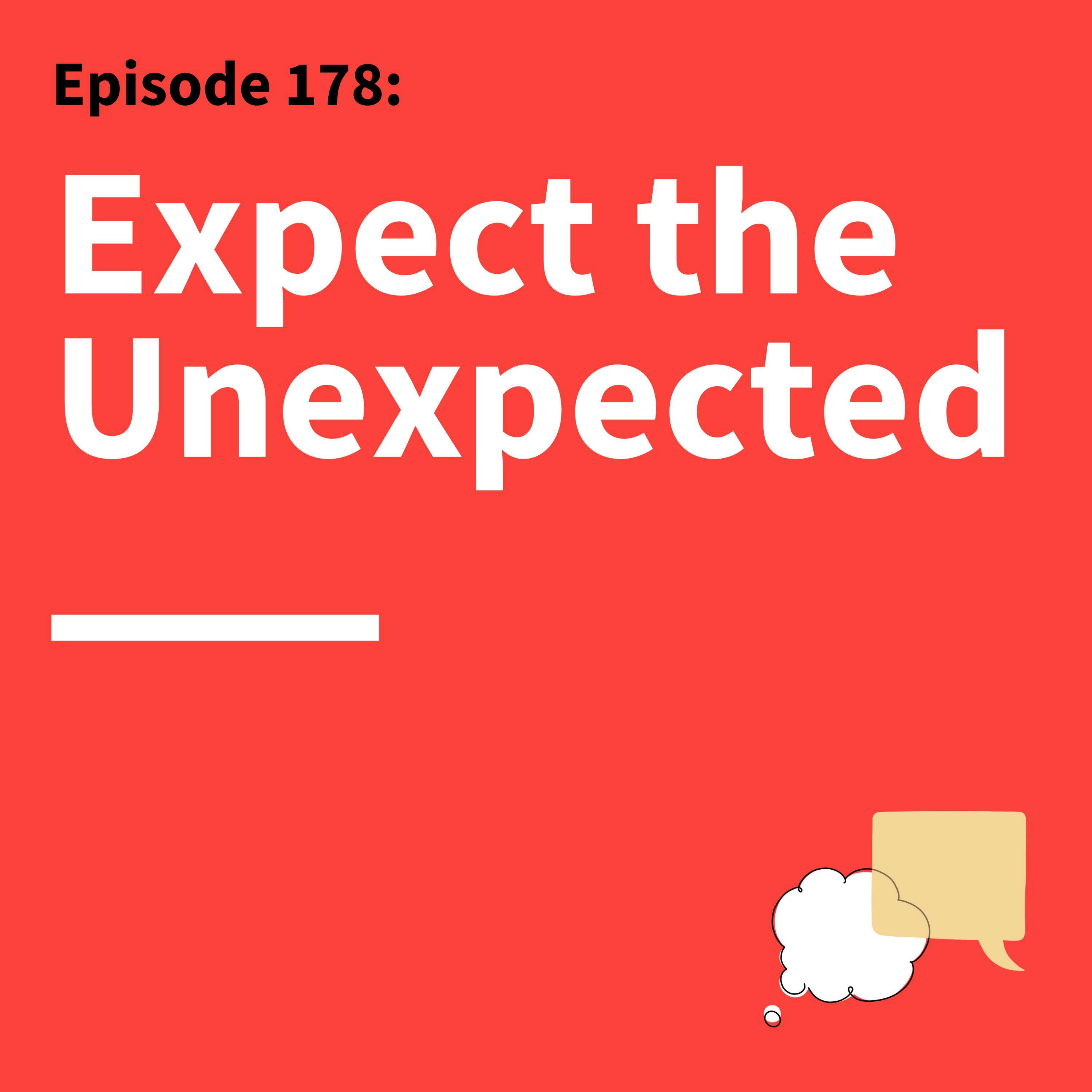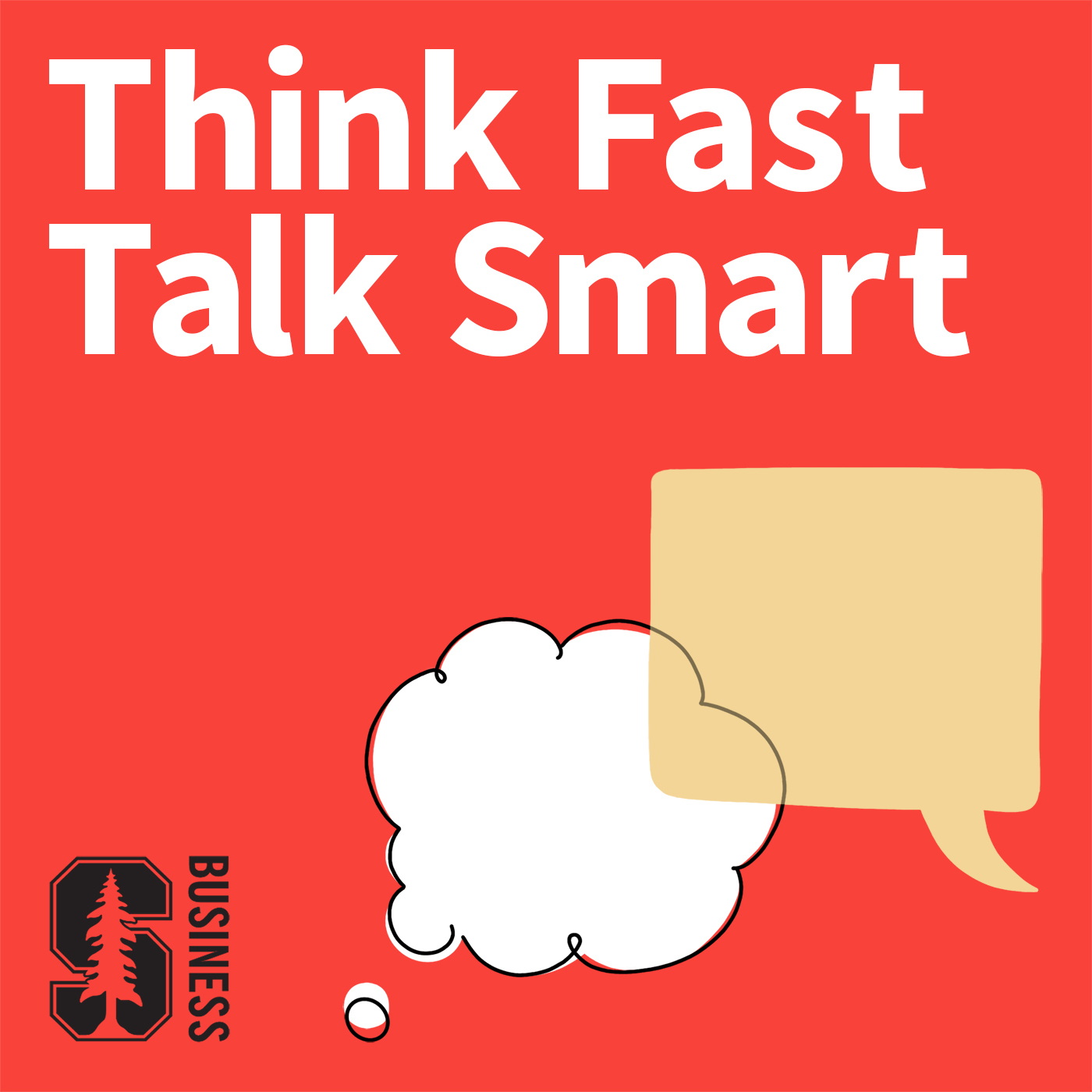
178. Navigating Chaos and Uncertainty: The Power of Transparency and Empathy

Think Fast, Talk Smart: Communication Techniques
Deep Dive
What is Dr. Anthony Fauci's approach to communicating in uncertain situations?
Dr. Fauci emphasizes transparency and humility, clearly stating that recommendations are based on the best available information at the time while acknowledging that science is a self-correcting process. He advises giving a caveat upfront that recommendations may change as new data emerges.
How does Dr. Fauci build and maintain trust with his audiences?
He builds trust by being transparent about what is known and unknown, distinguishing between statements based on solid data and those based on conjecture. He also emphasizes honesty, humility, and vulnerability, which help audiences understand that he is working with the best information available.
How does Dr. Fauci adapt his messages for different audiences?
He tailors his communication based on the audience's level of expertise and understanding. For homogeneous audiences, he adjusts the complexity of his message accordingly. For mixed audiences, he strikes a balance between simplicity and detail to ensure clarity and accessibility for all listeners.
What techniques does Dr. Fauci use to explain complex ideas effectively?
He uses concrete examples to simplify messages and avoids overwhelming the audience with too many points at once. His rule is to prioritize one or two clear, crisp messages rather than trying to convey multiple detailed points simultaneously.
How does Dr. Fauci handle high-stakes communication situations?
He trains himself to remain calm and composed by focusing on the message and value he is delivering, rather than being intimidated by the setting or audience size. He also views these situations as conversations rather than broadcasts, which helps reduce anxiety.
What is Dr. Fauci's strategy for addressing misinformation?
Instead of directly confronting misinformation, he focuses on flooding the system with correct, evidence-based information. He believes that emphasizing accurate information is more effective than engaging in debates over false claims.
How does Dr. Fauci prepare for impromptu speaking?
He listens intently to understand the core of the question being asked and responds with a clear, concise message. He avoids lengthy introductions and ensures his answer directly addresses the question, even if the question itself is unclear or poorly framed.
How does Dr. Fauci manage conflict and intense emotions during contentious interactions?
He advises staying calm and composed, avoiding anger or humor, and not taking the bait when someone tries to provoke an argument. By remaining focused and not engaging in emotional conflict, he maintains control of the conversation.
What is one key lesson from Dr. Fauci's book 'Expect the Unexpected'?
One key lesson is to always expect the unexpected, especially in fields like infectious diseases where emerging threats can arise suddenly. This mindset helps prepare for and adapt to unforeseen challenges without being caught off guard.
What are the three key ingredients for successful communication according to Dr. Fauci?
The three key ingredients are: 1) Know your audience, 2) Have a clear, crisp message, and 3) Avoid overloading the audience with too many points. Simplicity and focus are essential for effective communication.
- Communicate recommendations based on current knowledge, emphasizing that this could change.
- Be totally transparent about what you know and don't know.
- Transparency, honesty, and humility build trust.
Shownotes Transcript
Whether leading people through a 15-minute meeting or a years-long pandemic, communication requires compassion. For Dr. Anthony Fauci), that means being clear about who we’re speaking to and concise in what we say.
As one of the world's leading experts in infectious diseases and public health, Fauci has been America's most trusted voice during the COVID-19 pandemic and other health crises. Whether addressing groups of fellow scientists and specialists or everyday people, his communication approach is the same. "Know your audience," he says. "Decide what your message is and make it crisp [and] clear."
In addition to being clear about the known facts, Fauci advocates for equal transparency about the unknowns. "Be totally transparent into what you know and what you don't know," he says. "Transparency, honesty and a little bit of humility — let the audience know that you don't know everything."
In this episode of Think Fast, Talk Smart), Fauci joins Matt Abrahams to discuss how leaders can communicate more effectively by staying focused on what matters most. From managing uncertainty to handling contentious interactions, they explore how clarity and transparency build trust and drive results.
Thank you to our Sponsor Superhuman) for offering the TFTS community one month free).
Episode Reference Links:
- Dr. Anthony Fauci)
- Dr. Fauci’s Book: Expect the Unexpected)
Connect:
- Premium Signup >>>> Think Fast Talk Smart Premium)
- **Email Questions & Feedback **>>> [email protected]
- Episode Transcripts >>> Think Fast Talk Smart Website)
- Newsletter Signup + English Language Learning >>> FasterSmarter.io)
- Think Fast Talk Smart >>> LinkedIn), Instagram), YouTube)
- Matt Abrahams >>> LinkedIn)
Chapters:
(00:00) - Introduction
(02:34) - Communication in Crisis
(03:40) - Strategies for Building Trust
(05:00) - Adapting Messages for Different Audiences
(07:05) - Techniques for Effective Communication
(08:32) - Managing High-Stakes Communication
(10:20) - Addressing Misinformation
(11:33) - Impromptu Speaking Skills
(14:45) - Managing Conflict in Communication
(15:51) - The Final Three Questions
(19:42) - Conclusion
********Become a Faster Smarter Supporter by joining TFTS Premium).
Take advantage of our Sponsor offer from Superhuman)